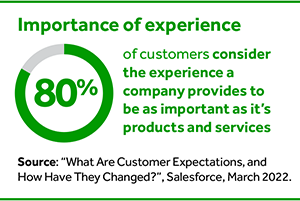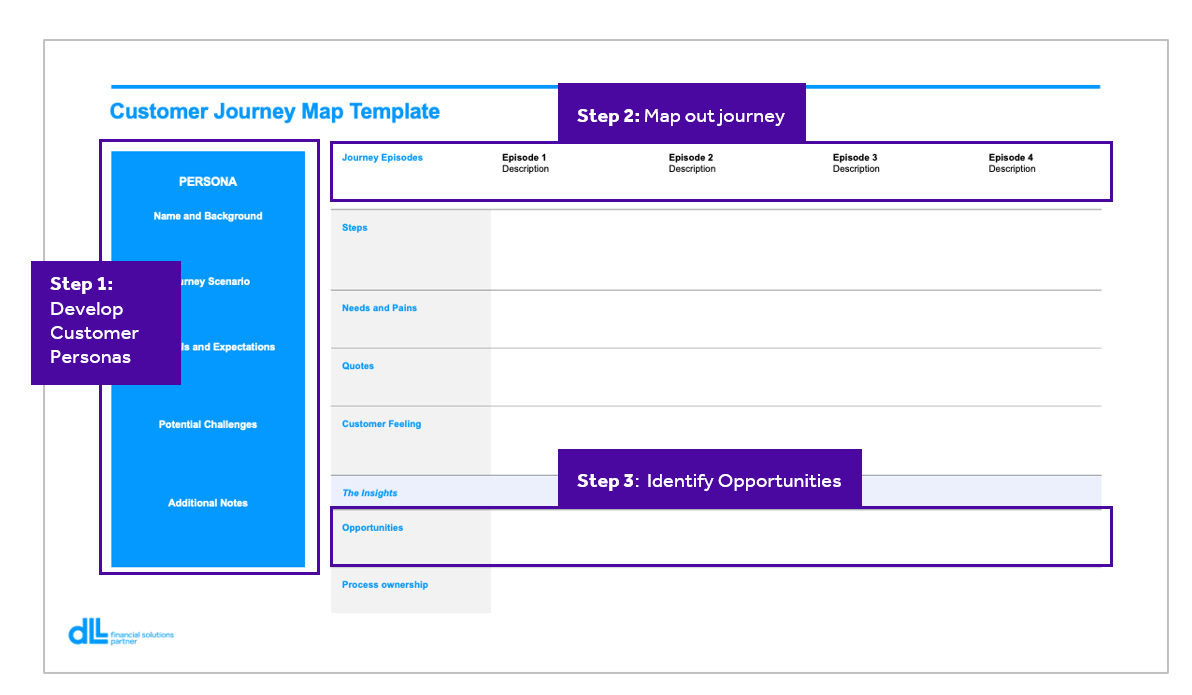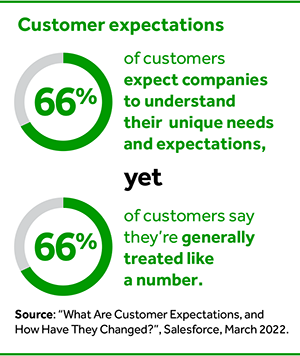Editor’s note: At DLL we’re more than a financial solutions provider–we’re your partner. Your customer is our customer and your success is our success. It’s why we’re focused on helping you grow, not just through our product offering, but also by giving you valuable insights that can help you sustain and build your business for the future. The following article is part of a series from DLL about how you can take steps to improve the customer experience your business delivers. Customer experience is part of an ongoing journey at DLL, and it’s something we’re working to improve every day. Hopefully some of the lessons we’ve learned along the way can be valuable to your business.
Let’s lay some groundwork: The customer experience you deliver is based on a journey of multiple touchpoints with your business. At every stage of that journey, your goal is (or should be) to deliver a well-designed and intentional experience that exceeds expectations.
Developing a journey map is your best tool to represent how your customers interact with your business along with an understanding of their needs, concerns and emotions along the way. It helps you to see where they experience pain points (and they definitely do!) and illustrates opportunities for improvement.






